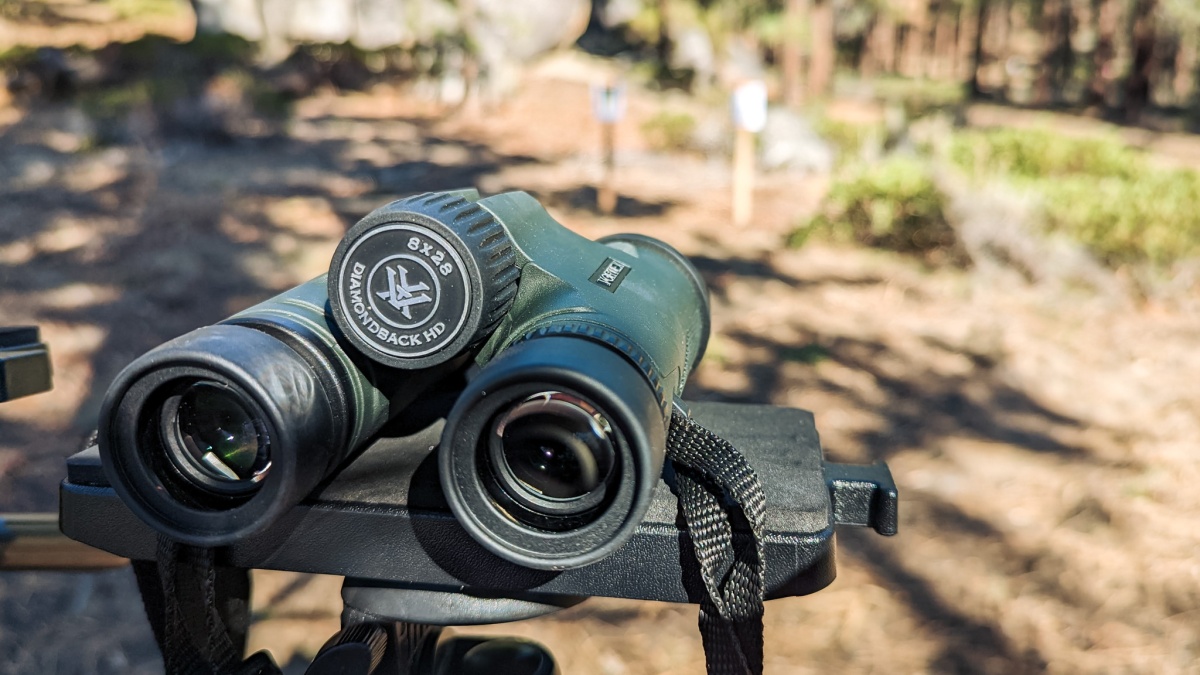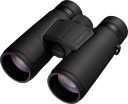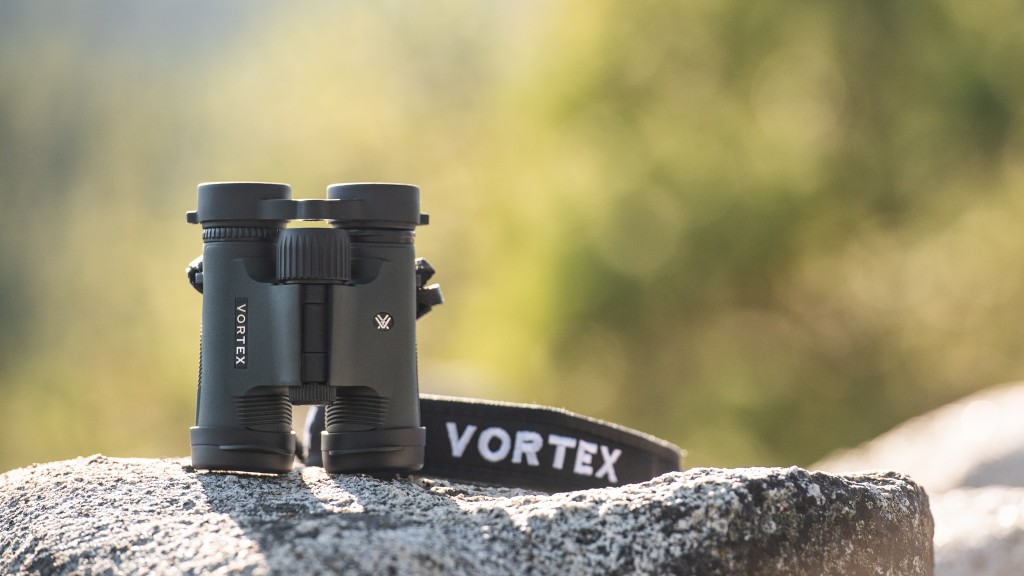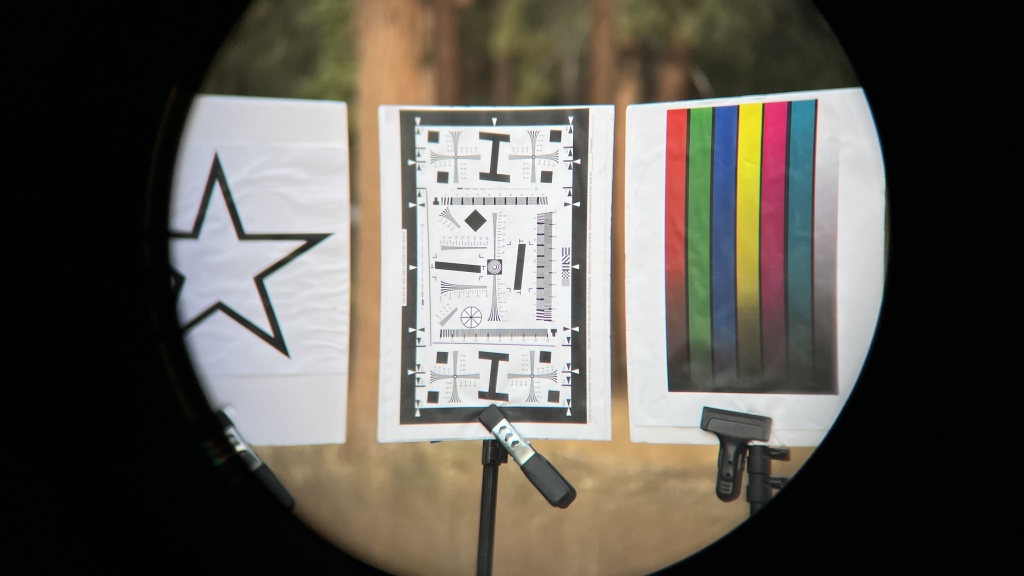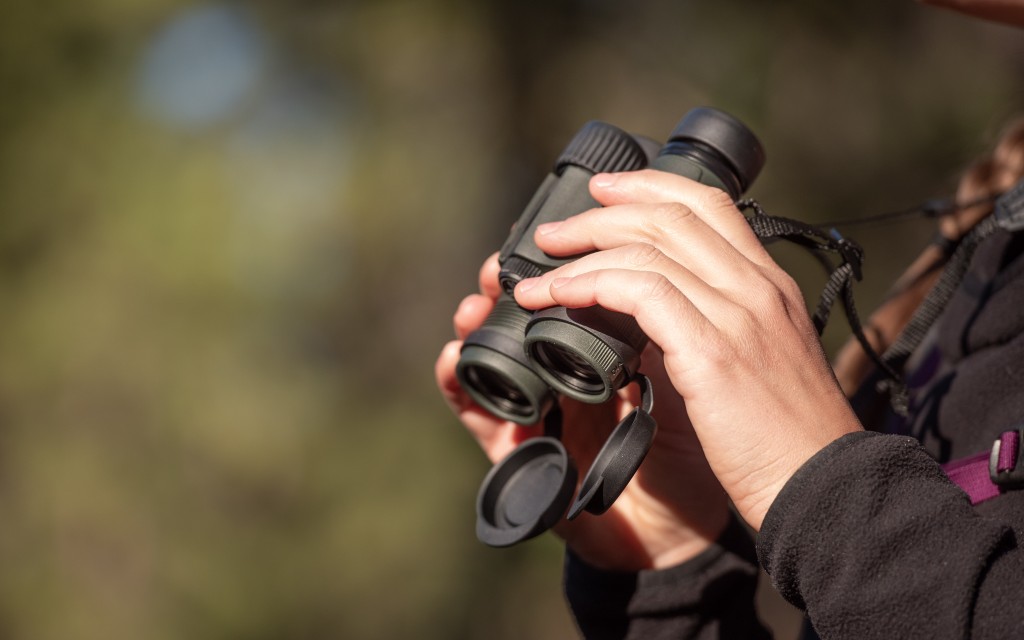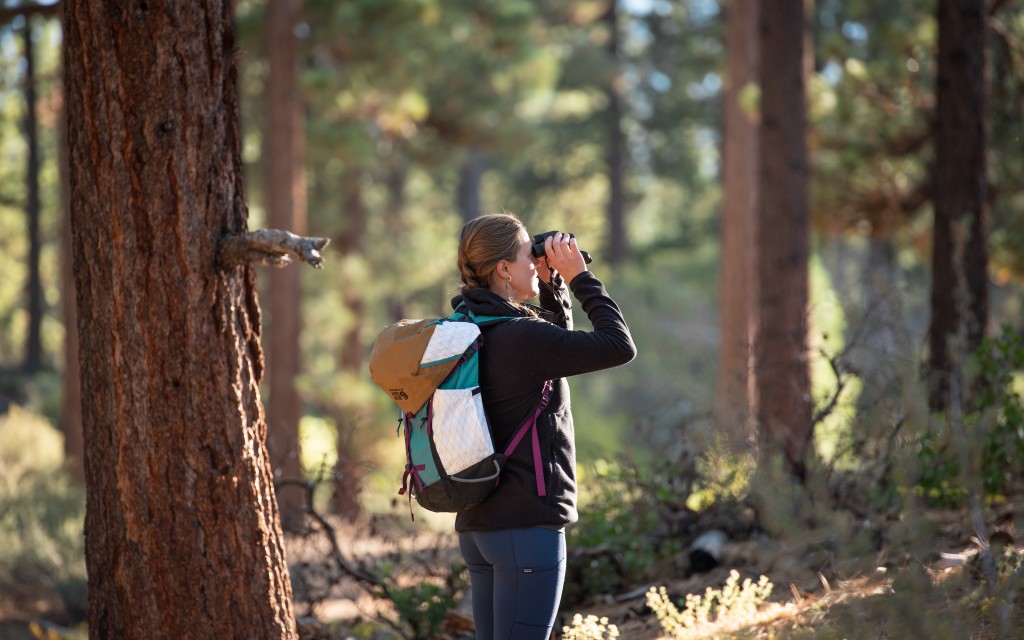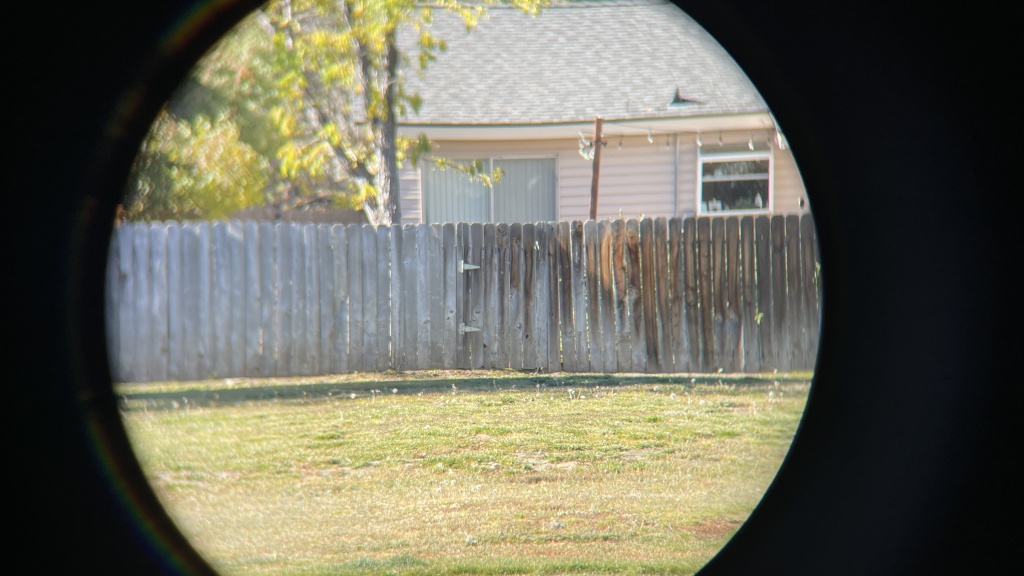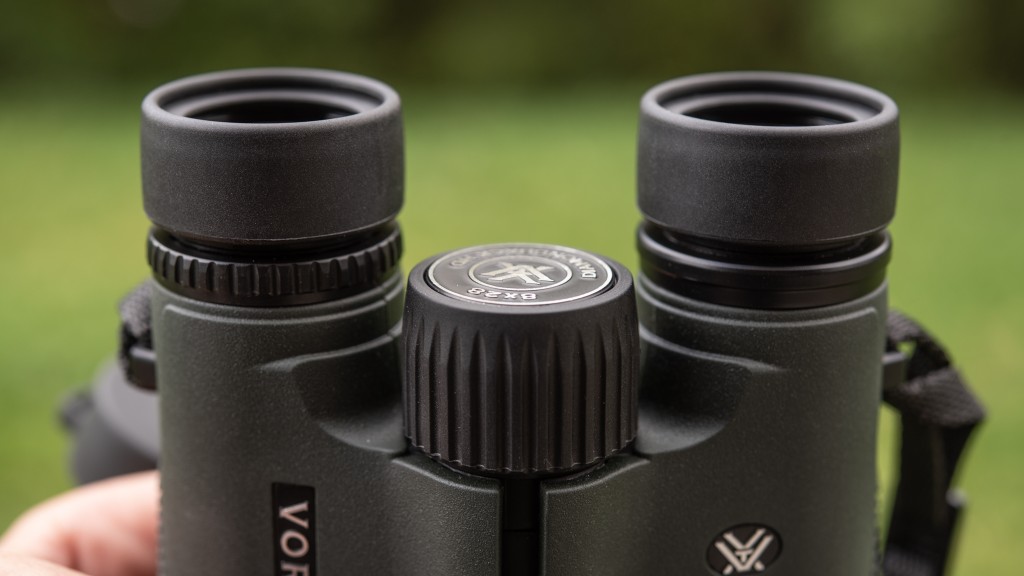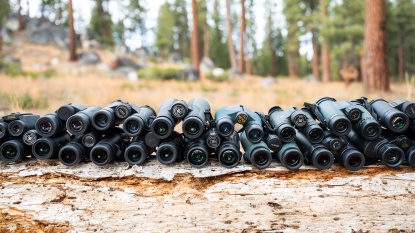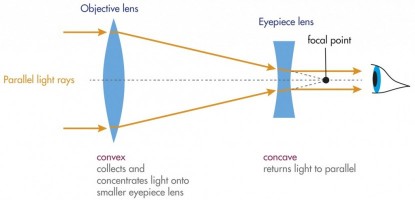Our Verdict
Compare to Similar Products
 This Product
Vortex Diamondback HD 8x28 | |||||
|---|---|---|---|---|---|
| Awards | Best Compact Binoculars | Best Bang for the Buck | Best on a Tight Budget | Best Travel Binoculars on a Budget | |
| Price | $210 List | $320 List $173.46 at Amazon | $261.49 at Amazon Compare at 2 sellers | $170 List $125.89 at Amazon | $96.95 at Amazon Compare at 2 sellers |
Overall Score  |
|||||
| Star Rating | |||||
| Bottom Line | Some of the best portable bins you can buy on a budget | One of the best overall values on the market, particularly for mid-range price shoppers | Among the best optical clarity and brightness we've seen for the price | A great choice for birders on a tight budget | Decent clarity and compactness make these a good budget option for traveling, backpacking and hiking |
| Rating Categories | Vortex Diamondback... | Vortex Diamondback... | Nikon Monarch M5 8x42 | Celestron Nature DX... | Nikon Trailblazer A... |
| Clarity (35%) | |||||
| Brightness (20%) | |||||
| Comfort (15%) | |||||
| Field of View (10%) | |||||
| Ease of Adjustment (15%) | |||||
| Close Focus Range (5%) | |||||
| Specs | Vortex Diamondback... | Vortex Diamondback... | Nikon Monarch M5 8x42 | Celestron Nature DX... | Nikon Trailblazer A... |
| Measured Weight | 14.7 oz | 23.1 oz | 23.7 oz | 22.8 oz | 10.5 oz |
| Measured Interpupillary Distance Range | 55mm - 74mm | 56mm - 75mm | 56mm - 75mm | 57mm -74mm | 38mm -75mm |
| Measured Size | 4.7" x 4.1" | 5.7" x 5.1" | 5.8" x 4.5" | 5.4" x 4.5" | 2.7" x 4.1" |
| Measured Close Focus | 7.4 ft | 5.5 ft | 6.2 ft | 8.0 ft | 6.6 ft |
| Measured Eye Relief | 18.0 mm | 18.0 mm | 19.0 mm | 18.0 mm | 10.5 mm |
| Glass Type | HD | HD | ED | BAK-4 | Eco-Glass |
| Magnification | 8 | 8 | 8 | 8 | 10 |
| Objective Lens Size | 28 | 42 | 42 | 42 | 25 |
| Claimed Field of View | 332 ft | 393 ft | 335 ft | 388 ft | 342 ft |
| Claimed Close Focus | 6.0 ft | 5.0 ft | 8.2 ft | 6.5 ft | 11.5 ft |
| Claimed Eye Relief | 18 mm | 17 mm | 19.5 mm | 17.5 mm | 10 mm |
| Waterproof/Fog Resistant | Yes | Yes | Yes | Yes | Yes |
| Tripod Adapter | Yes | Yes | Yes | Yes | No |
| Measured Lux Reading from Brightness Testing | 390 lux | 1163 lux | 907 lux | 823 lux | 237 lux |
Our Analysis and Test Results
The Vortex Diamondback HD 8x28 impressed in most of our binocular test metrics, offering great clarity and performance, especially considering the low price and compact size. Just don't expect any miracles if you're using them in low-light situations. As is common with pretty much any other 28mm lens on the market, things can start looking dark fast once the sun touches the horizon.
Performance Comparison
Clarity
This is the area where the Vortex Diamondback HD 8x28 scrapes at the performance metrics of regular-sized optics. In good lighting conditions, it offers decent clarity.
In our testing, we could easily make out small identifying features on warblers sitting 30 feet away and could even make out the head plumes on a Great Blue Heron from over 200 feet away. There are only a couple of minor weak points to the Diamondback HD 8x28's clarity, the first being that it presents some distortion and blurriness around the edges of the image. While this doesn't limit your ability to get a clear view of your subject, it makes the image feel less immersive. It will also bring on a feeling of eye strain more quickly than models that boast edge-to-edge clarity.
The second downside is the fact that the clarity tends to degrade quickly as the light dims. Though you can't really expect much more from a 28mm objective lens. Keep this in mind if you often find yourself using binoculars in low-light situations.
Brightness
Compact binoculars with 28 mm objective lenses will only get you so far when it comes to brightness. While the Diamondback HD 8x28 impresses in bright situations, you quickly see deterioration in image quality as the sun goes down.
On sunny days with little to no clouds, you'll likely not even think about the Diamondback HD 8x28's relative lack of brightness. If it gets particularly overcast, you may notice that the image has become significantly duller, but you'll likely still be able to make out most features on whatever you're viewing. Once the sun starts hitting the horizon, or you hit fully gray skies, most subjects will be reduced to little more than silhouettes.
While this lack of brightness is noticeable, the weight savings of the smaller lenses when compared to others is equally noticeable. You'll have to weigh (literally) which is more important to you.
Comfort
In our opinion, the Diamondback HD 8x28 is about as comfortable to hold as a compact pair of binoculars can be for those with smaller hands. At 14.7 ounces, they are very light — you'll barely notice them hanging around your neck, and you're very unlikely to get arm strain when holding them to your face for long periods. Additionally, they are well balanced, enhancing overall comfort and reducing any sort of strain.
The 28 mm objective lenses make for some small barrels, so for those with larger hands you'll have to choose between a dainty pinch grip, or the classic 'full-hand' grip with your fingers intertwined. Neither style is ideal, as the former feels more spacious but makes it harder to adjust the focus knob, and the latter allows for easy focusing but feels quite cramped.
Despite the fact that these binoculars feel a bit too small to ergonomically achieve a relaxed c grip, all of our testers were able to find a hand position that started to feel natural after a couple of glassing sessions. Also, the only real alternative is using larger barreled binoculars, which is a tradeoff because they will inevitably be heavier. In most cases, we found the small sacrifices you make with the Diamondback HD 8x28 are well worth the weight savings.
Field of View
Our field of view testing, encompassing both new and previously tested products, utilized a vertical board fence at a fixed distance. We then counted the number of vertical fence boards visible with each model. The new testing procedures provide results that are more visual and tangible.
When observing a vertical board fence at a fixed distance, we identified only 51 fence boards, while several top models allowed us to see over 60.
Ease of Adjustment
For the most part, these binoculars are quite easy to adjust and get into focus. We found the focus knob to move smoothly while also offering enough resistance that it's easy to stop it right where you want it. The hinge between the barrels acts similarly: easily moving when you want it to but generally staying put when you don't. The eyecups also offer three settings that are easy to switch between.
We have two complaints about the Diamondback HD 8x28's adjustability. The first is the diopter. It is quite difficult to get moving, but once you get over the initial inertia, it tends to slide quite quickly, making it somewhat challenging to make smaller, more precise adjustments. Adjusting the diopter is a rare chore, so this isn't a dealbreaker. Possibly more significant is the fact that it seems our eyes wanted to be further away from the eyepieces of these binoculars than with other models.
For most of our testers, this meant that even when in their longest setting, the eyecups were barely touching their eyebrows. This quickly felt natural and didn't ruin our experience at all, but if you like to bury your eyes in a binocular's eyecups, you may want to consider other models.
Close Focus Range
Sporting a close focus range of 7.4 feet, you can get pretty much anything in front of you in focus with these binos. A bird would pretty much have to land on your foot for that close focus range to feel limiting at all.
Should You Buy the Vortex Diamondback HD 8x28?
Most compact binoculars fall at either end of the spectrum. On one end are the models that opt for low-quality materials to deliver enticingly low price points—but also deliver inferior optical quality. On the other end, you have models geared toward binocular enthusiasts that are willing to pay high premiums to milk every last bit of optical quality out of a small pair of binos. The Diamondback HD 8x28 hits a near-perfect and somewhat rare balance between the two, offering good optical quality while keeping the price in a very reasonable range. For everyone from backpackers to beginning birders, we think the Diamondback HD 8x28 offers a great value per dollar.
What Other Binoculars Should You Consider?
Combining lightweight construction, good optics, and a relatively low price, the Vortex Diamondback HD 8x28 is a great option for weight and price-conscious backpackers and beginner birders. If you don't necessarily need a super lightweight model but are just looking to save a few bucks, check out the Celestron Nature DX 8x42. For increased brightness and just a bit more money, the Vortex Diamondback HD 8x42 offers a great balance of performance for the price in a full-sized pair of binoculars.


